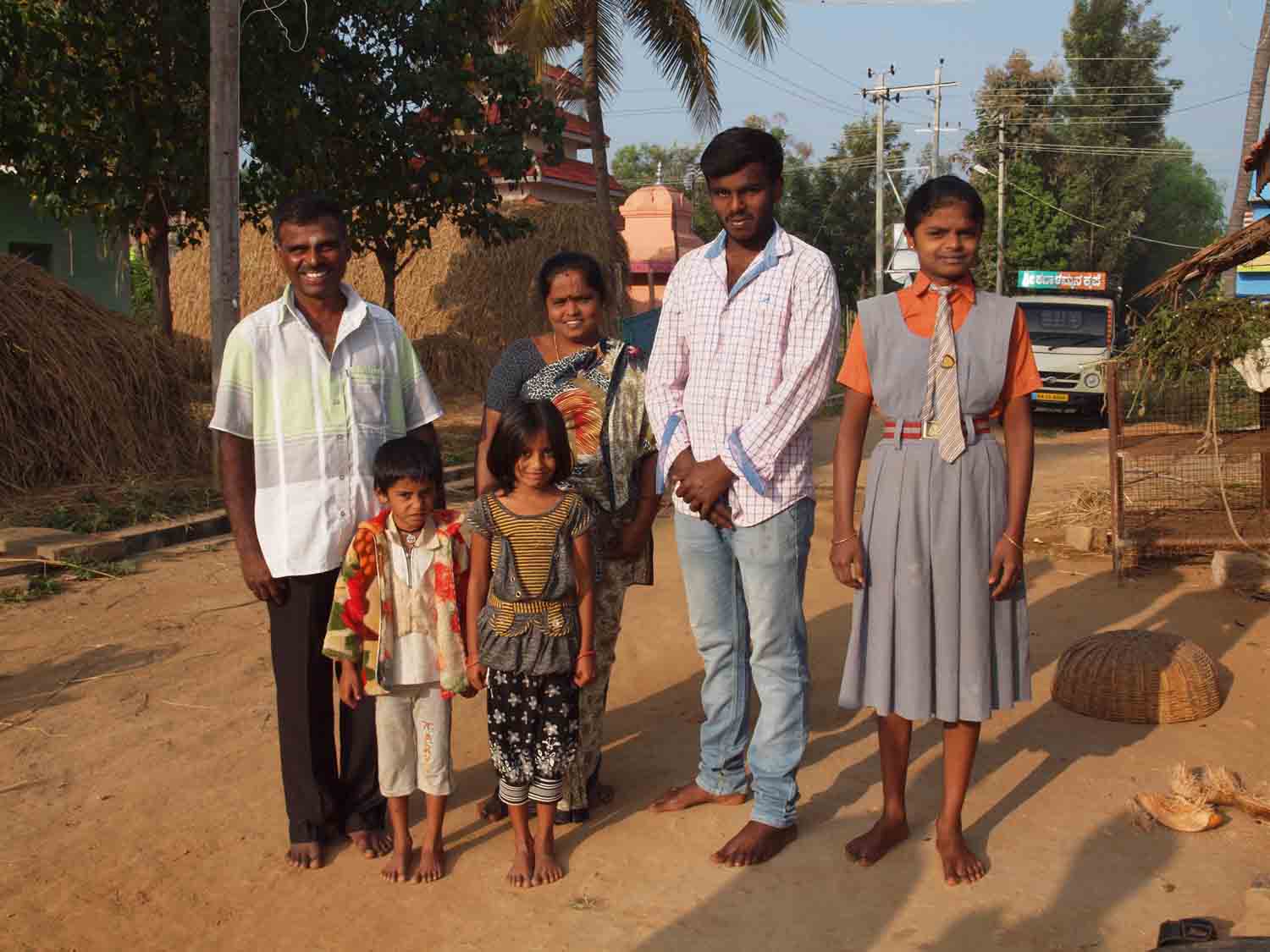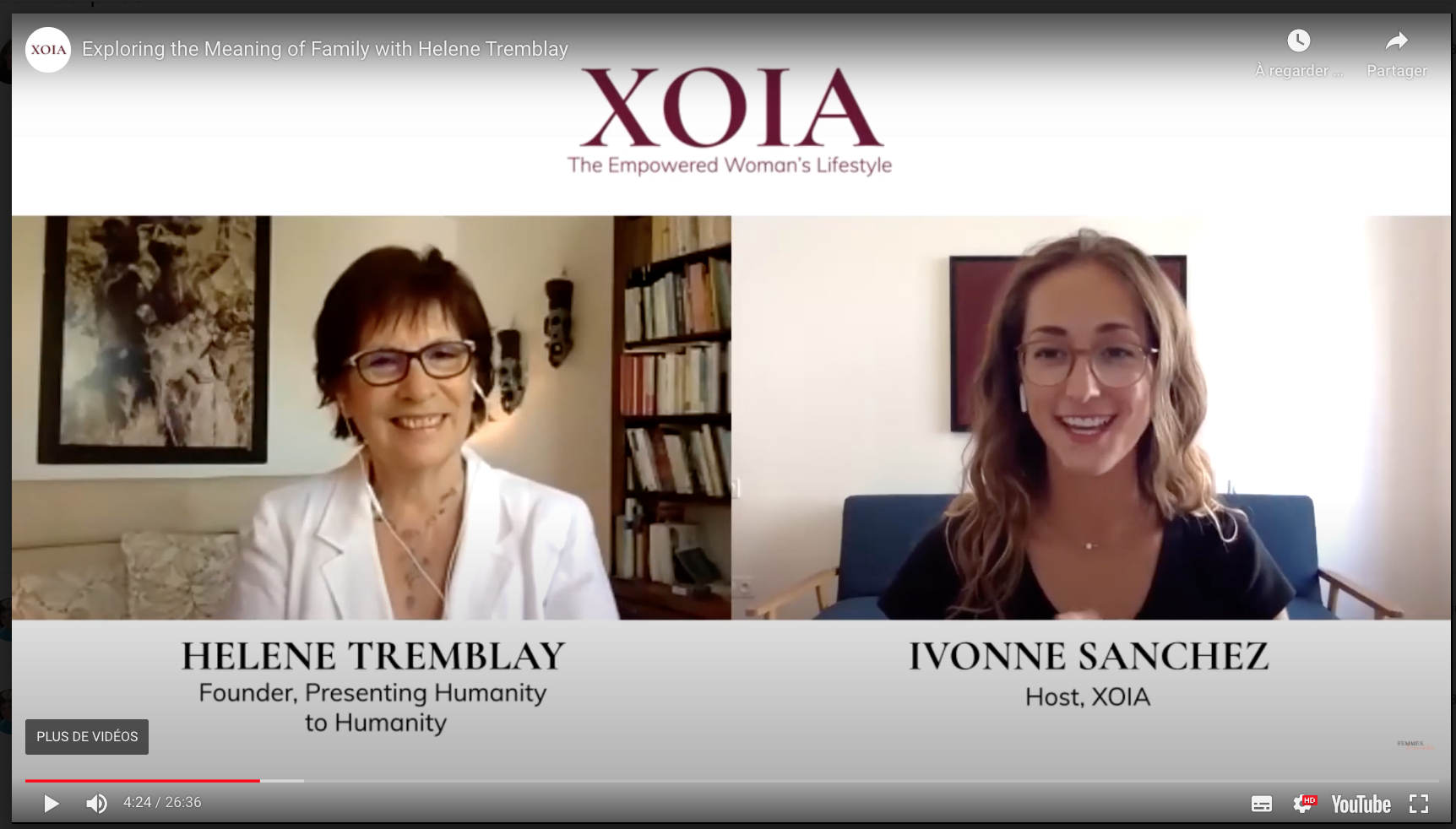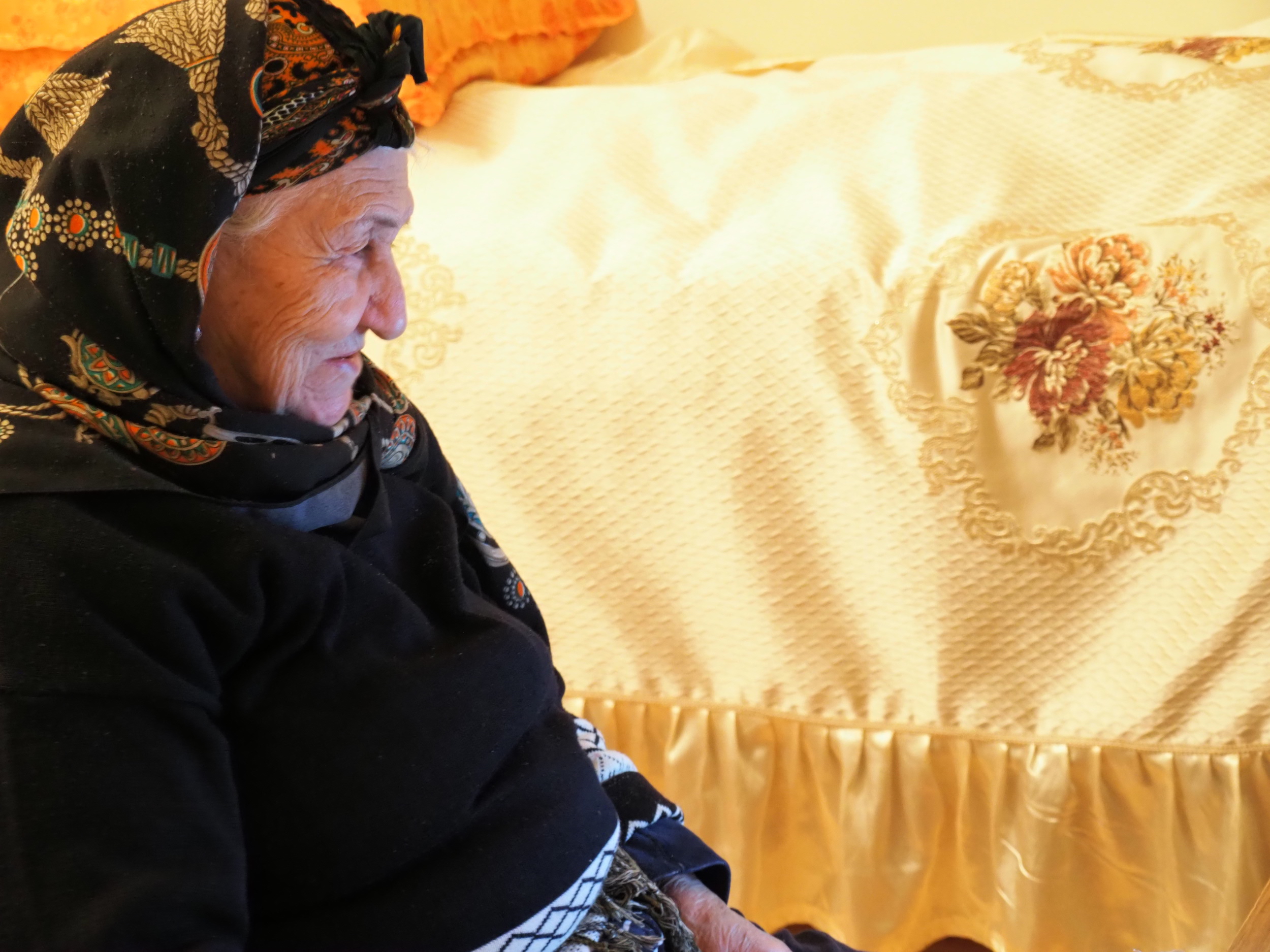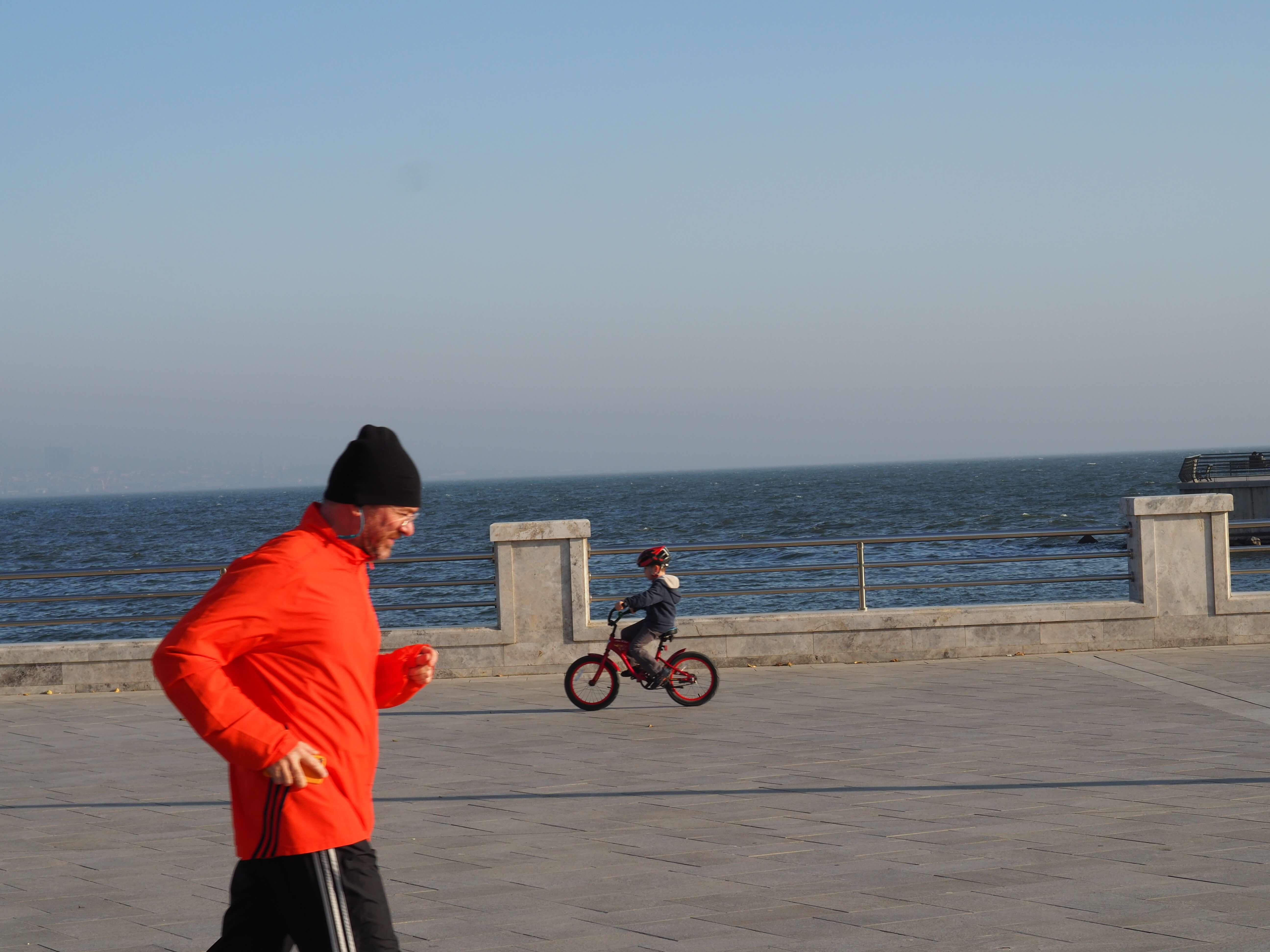Mysore, I was advised to look for a family who cultivated sugar cane. As India is still 70% rural, I needed to know who cultivated what, where and when, before making my choice of a family. I could choose Karnataka, known for its sugar cane farming or if preferred, visit a family growing rice in Tamil Nadu.
“Yes, yes there will be families who grow sugar cane in this village,” I was assured at the Farmer’s Science Center, “we know all the farmers and villages, as we are working with them to help them switch to bio farming.” I saw that the person speaking at the end of the large long table is a chief. I could see this by the relationship he had with his phone. Later I wondered if he had really understood my request. We arrived in the late afternoon at the village of Katte Doddi in the Mandya Taluk (district), where we had been instructed to go.
We located our contact person and I shared the details of my project and also what the research would entail with him, that of a family, who would represent Karnataka well in India. “There are only two families harvesting sugar cane at this time” he told us. “It is the factory officials who decide who will plant and then harvest the sugar cane. They tell each farmer when to plant and then advise them when it is time to harvest. However, this year everything is late, as the factories have not paid for last year’s harvest.” The farmers were not happy, as nothing was done following their protests. The politicians own the factories and so when the farmers complain about all the corruption in the sugar cane market, it generally falls on deaf ears.
The consequence of our dietary choices
It is also a fact that the factories have less and less revenue, as sugar prices are falling, due to the fact that people all over the world, and especially in the western world, are eating less sugar. This is a direct consequence of our dietary choices, due to knowledge acquired on the effects of food on our health. This should not be a surprise, as our health is directly linked to the lives of farmers and they should be aware of the effect of what they grow on people’s health. Diabetes is a major issue here in India. Maybe one day, there will no longer be sugar cane fields, who knows
Feeling a little sad about it, the farmers are thinking about turning their backs on what is called the “lazy crop”. One harvest a year and not too much work between plantings. Those were the good old days.
The rural road was busy with villagers returning home from their work in the fields, factories and the cities. We waited for the right time to visit the first family, but as it turned out, it was not a good time. They were holding a function in memory of their 20-year-old daughter who had committed suicide three months prior. People had come to worship and pray. The family did not feel up to receiving me during this time, which I understood as these moments are very private.
We did not talk about the reason for her suicide, as this subject is taboo. One could only form the opinion that it was heartbreak or an organized marriage that she had not wanted. It could also have been an honor killing made to look like a suicide. Sadly there are many of those. It could have been any of these reasons. Who knows? But maybe no-one wants to know. It would question beliefs and traditions too much.
The second family was renovating their home while living with the mother and brother of the husband. The daughter-in-law was worried and finally whispered to the interpreter that, as there was discord in the house, it was not advisable to visit. We managed an elegant exit and left.
“The majority are harvesting rice at this time,” I was told.
“Good advice sir. You really know your villages do you? But I will not call you to tell you that”. The interpreter and the young women accompanying her for safety (read: Taking risks) were impatient to head back to Mysore before their families started worrying about them. The driver was waiting beside his car. Did I have the financial means to hire him for a second day and start over again with meetings and visiting other villages? I was at the beginning of five months research and travel. If I had looked at the numbers on an Excel sheet, my accountant would have said that, what I wanted to achieve, was impossible on such a small budget. But had this not always been the case all through this 30 years project? I needed to make a decision. I needed to make an informed decision, and not let my heart rule my head.”

This was also my first experience in India and I realized that it was not going to be easy to find what I was looking for. I needed to impose my ways a little; negotiation was a skill I needed here. So when someone decided that I would live with a brother or a cousin, I had to resist and refuse if they did not fall within my criteria. I know this is not the way to make friends, but it was families that I was seeking.
It is rare for farmers to only have one crop. I would cover the rice harvest and decide later about crops in other states. My choice was the family of Chandra Shakar, son of Chenne Growda. As I was at his brother’s place observing the village’s comings and goings, I saw him, his son and brother-in-law bringing in the harvest. I saw the house, which was a traditional style home in the street of a small village; a family with a son 19 years old who did not want to be a peasant and who dreams of computer technologies and a life in the city. I saw a daughter whose destiny is unknown. In front of me was my family.
We met and they generously accepted having me enter their life…
(That story will come later in the website “Let’s meet on earth” – Register to our blog or newsletter and we will keep you informed)




